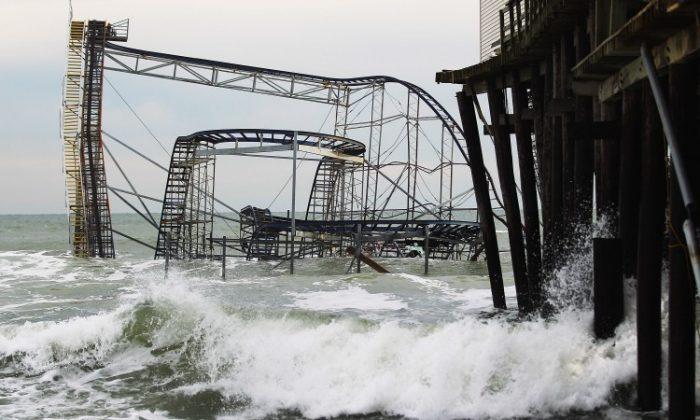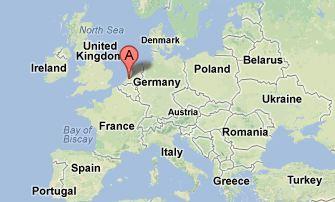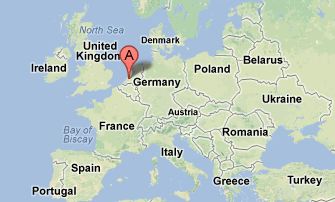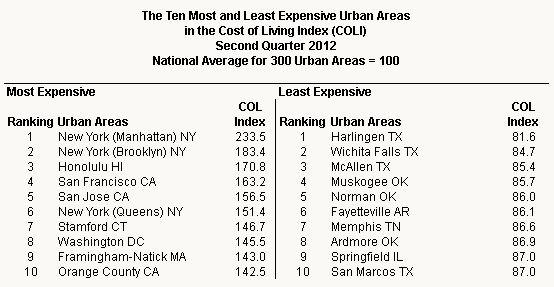NEW YORK—There are ultimately only three options for dealing with sea-level rise in New York City, according to Klaus Jacob of Columbia University’s Seismology Lamont-Doherty Earth Observatory.
The first is storm surge barriers, but he dislikes this idea because they would only function for 50 to 80 years, a “temporary” solution. The second is accommodation: putting buildings on stilts and putting infrastructure on top of roofs instead of in basements.
Jacob, however, advocates a third option. “The last thing is retreat,” he told members of the Transportation Research Board Tuesday. “Retreat is the ultimate solution.”
Jacob, a now retired white-bearded scientist, has been involved with more than eight reports on how the sea level rises each year and a changing climate in general in the city. He predicted the flooding of subway tunnels in a report last year.
“Luckily New York City has topography,” he said, mentioning Prospect Park, and graveyards. “I think we have to switch the living and the dead,” he added. “It sounds brutal, but I’m sure the living sooner or later will agree.”
Jacob says that the real cost of Sandy, when looking back later on, will be $40 billion to $60 billion (Gov. Cuomo has asked for $42 billion). Reports proved accurate when Sandy hit. With a benefit to cost ratio of $4 saved down the road through $1 spent now, “You could have easily fixed these problems with $10 billion,” he said.
The research board’s Waste Management and Resource Efficiency Committee held a meeting on Dec. 4 about water.
Later on attendees learned how other cities and countries—Venice, Antigua, London, and the Netherlands—have and are coping with water.
Niek Veraart, vice president of The Louis Berger Group Inc., showed three innovative projects in the Netherlands that the New York region could potentially use.
The village of Lent, with less than 7,000 inhabitants, is much smaller than any area in New York City. But the village’s technique in dealing with water overflow may be what Jacob has in mind. Veraart showed how the village is digging a new channel, because of problems with the existing one, 350 meters inland, surrendering land to the water. But the strip of land in between the new and old channels will be elevated, and the river level will upon completion be lowered by about a foot.
“That’s what I meant by engagement,” Veraart said in an interview. “Instead of having a defense to keep it out you’re going into the fire, if you will. You’re engaging it, you’re working with it, instead of hiding behind a wall. And if you do that you find out much earlier what’s happening.”
Veraart also outlined a beach nourishment project where 21.5 million cubic meters of sand was dumped in one spot off the south Holland coast, instead of waiting until after a storm. The sand will gradually be dispersed along the coast without “repeated disruption of the vulnerable seabed,” according to the Dutch Water Sector.
Veraart also emphasized “multifunctional solutions,” showing a proposal for enclosing a highway next to the water in Rotterdam and putting a promenade on top of it.
“I’m not saying this is the FDR drive,” he said,“ but it could be an option.”
The Epoch Times publishes in 35 countries and in 19 languages. Subscribe to our e-newsletter.
Please send news tips to [email protected]













